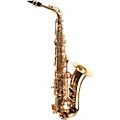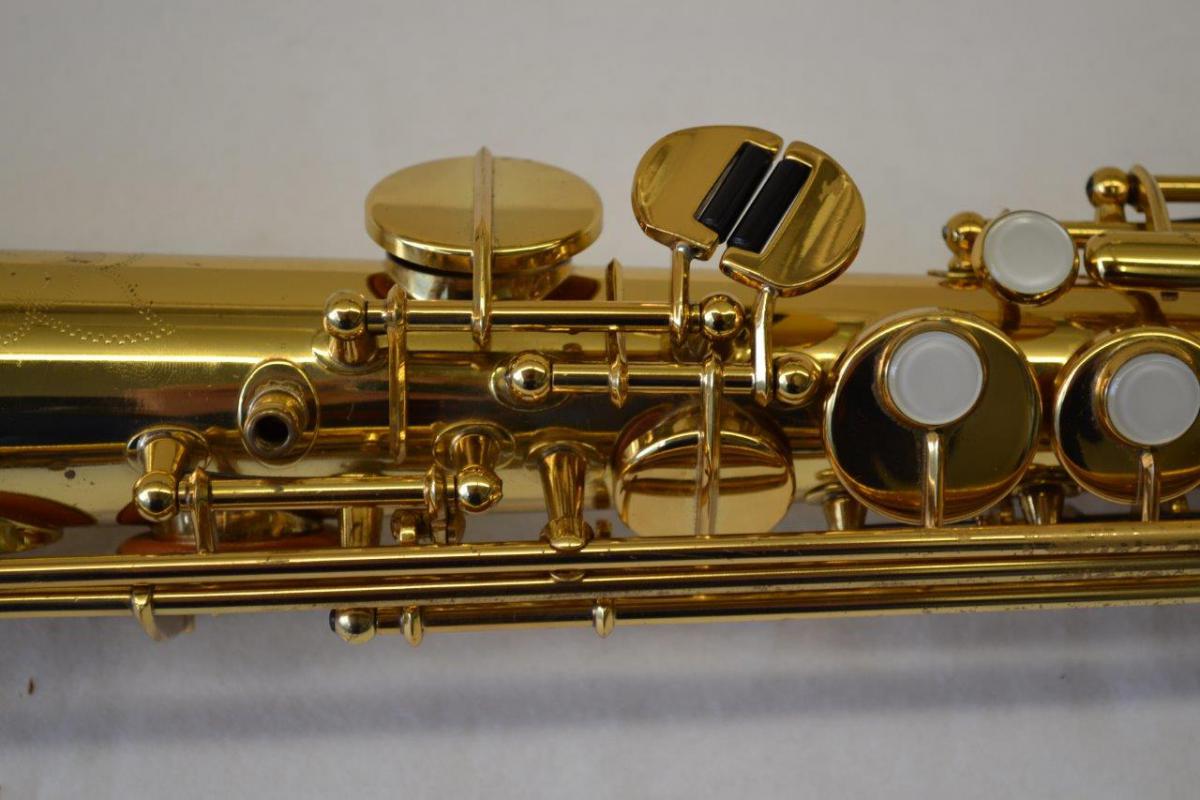

#AMATI SAXOPHONE REVIEW SERIES#
This is the series that the extremely famousĬonn DJH Modified, King Tempo, Armstrong Heritage,īundy/Bundy Special (and a few others) are stenciled from. These are a somewhat cheaper looking horn, with sheet-metal keyguards. Take a look at the below article regarding the Amati Toneking and my notes on the The reason for this is because I don't really believe it's a Keilwerth, but an Amati horn. It's an odd horn because it doesn't look like any other New King model. Kohlert & Sons model with a label on the back, that reads, "JGK: The Best in the World" and "Made in Czechoslovakia". * Series IIIa: In 1956, an interesting horn shows up: the
#AMATI SAXOPHONE REVIEW SERIAL NUMBER#
However, I've been unable to find a serial number range for "just metal" or "just lucite", so the idea that the metal keyguards are replacements, either from the factory or other 3rd party company, is probably the most accurate. I can imagine, because the lucite keyguards are so brittle, that after a year or two, Keilwerth offered the metal guard as an option - or they used them as warranty replacements. I've been asked about the horns that have METAL keyguards in the same shape as the lucite ones: are they original? My answer: possibly. The introduction of the horns with the stunning lucite keyguard -īut the elimination of the microtuner neck. They're one of the four I'm aware of that had beveled tone holes.Ĭouesnons, Martin and some early Bueschers.Īt least two generations of these horns: bell keys on the The other interesting thing about these horns is that This model may have been developed in conjunction with Kohlert, as some rumors suggest. There may also not have been any Tonekings of this series. This is intentional, as Amati co-opted the Toneking name and design I, they could be considered a completely different model. These horns are such a radical departure from the Series Horns after Keilwerth moved from Czechoslovakia to Left-hand bell keys were used on about 500 to 1000 Maybe, but, considering that these horns were made in such low quantities, it's more probable that it's not. I don't have enough data to determine if the bore is any different. Toneking model lacks the offset side keys and additional pearl keytouches of the New King model. An elaborately engraved horn withįunky offset side chromatic Bb/C and altissimo E vent keys, a microtuner Unknown serial number range, but fairly early. There are several different incarnations of the New King/Toneking (Hey, there isn't a page for those! Glad you noticed.) There are only a few of these out there and in two different "series": a very early split-bell-key horn and a single-side-bell-key horn with wire keyguards, very much like the Champion model. And all Keilwerth stencils do have the "JK Best in the World" trademark.īut what of the King model (Modell 3)? I don't know. You can always tell it's a New King by the distinctive lucite keyguard on the Series III of these horns. Stencilled horn - sometimes unengraved, sometimes custom engraved - but Unfortunately, I don't know anyone that's taken a caliper and measured - and, even if he did, Keilwerth is known to have tinkered with each of these components during the horn's existence.Īnyhow, the New King design was Keilwerth's most often There is a possibility - even probability - that the Toneking neck, bell and/or bow were "tweaked" over New King models. Tooling than the Toneking" (for instance, as is the difference Is no data to back up an assertion like, "The New King uses older Look as fancy and doesn't have an altissimo D# trill. Rolled tone holes, it's as good as the Toneking EX, it just doesn't

Has an altissimo D# trill key - up to a certain serial number range (when the H-Couf was introduced). The New King and Toneking (excepting Special models) is that the Toneking Thing and the only constant and fundamental difference between In other words, probably it's just a marketing Solid: there are Special models without rolled tone holes and some Tonekings Unfortunately, these rules are hardly rock Inlay and seem to feature altissimo F# keys. To be almost identical to the Toneking EX model, but without the pearl The Special model of whichever version is supposed The EX is supposed to haveĪll the features of the Toneking and may have additional engraving andĪdditional pearl inlay. Have altissimo D# trill keys, the New Kings don't. * and Toneking EX ("Exklusiv" or "Exclusive") There are alleged differences between the.


 0 kommentar(er)
0 kommentar(er)
